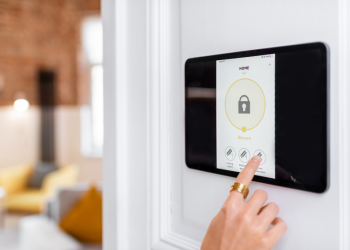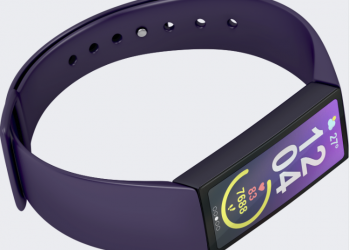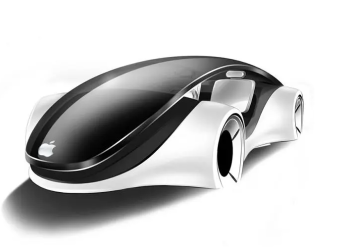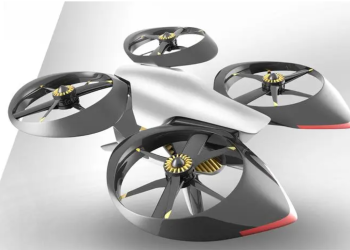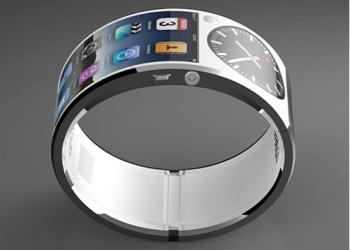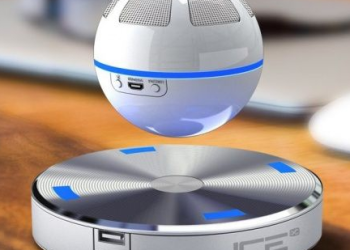Wearable technology, once confined to the realm of science fiction, has now become an integral part of our daily lives, revolutionizing how we interact with the world around us. From tracking our fitness goals to enhancing our productivity, wearable devices have reshaped the way we live, work, and play.
Introduction to Wearable Technology
Wearable technology refers to electronic devices that can be worn on the body, either as accessories or as part of clothing, and are equipped with sensors and software to collect and transmit data. This technology encompasses a wide range of devices, including fitness trackers, smartwatches, smart clothing, smart glasses, and hearables.
Definition and Overview
Wearable technology encompasses a diverse array of devices that serve various purposes, from monitoring health metrics to providing real-time information.
Historical Background
The concept of wearable technology dates back several decades, with early experiments in the field dating as far back as the 1960s.
Types of Wearable Tech
Fitness Trackers
Fitness trackers, such as Fitbit and Garmin, are designed to monitor physical activity, including steps taken, calories burned, and sleep patterns.
Smartwatches
Smartwatches, like the Apple Watch and Samsung Galaxy Watch, combine the functionality of a traditional wristwatch with the features of a smartphone, allowing users to make calls, send messages, and track fitness metrics.
Smart Clothing
Smart clothing incorporates sensors and conductive fibers into garments, allowing them to monitor biometric data and provide feedback on performance.
Smart Glasses
Smart glasses, such as Google Glass and Microsoft HoloLens, overlay digital information onto the user’s field of view, offering hands-free access to notifications, navigation, and augmented reality experiences.
Hearables
Hearables are wearable devices that provide audio functionality, such as headphones and earbuds, with added features like biometric monitoring and language translation.
The Evolution of Wearable Tech
Early Innovations
The history of wearable technology can be traced back to early experiments with devices like the calculator watch and the digital hearing aid.
Technological Advances
Advancements in miniaturization, sensor technology, and wireless connectivity have propelled the development of wearable devices, making them smaller, more powerful, and more versatile than ever before.
Applications of Wearable Technology
Healthcare and Fitness
Wearable devices play a crucial role in monitoring and managing health and wellness, from tracking exercise routines to monitoring chronic conditions like diabetes and heart disease.
Communication and Productivity
Smartwatches and other wearable devices provide convenient access to communication tools and productivity apps, allowing users to stay connected and organized on the go.
Entertainment and Gaming
Wearable technology has also transformed the entertainment industry, offering immersive experiences like virtual reality gaming and interactive storytelling.
Impact on Daily Life
Convenience and Accessibility
Wearable devices offer unparalleled convenience, allowing users to access information and perform tasks without having to reach for their smartphones or computers.
Health and Wellness Benefits
The health and wellness benefits of wearable technology are undeniable, with studies showing that fitness trackers can increase physical activity levels and improve overall health outcomes.
Social Implications
Wearable technology has also raised concerns about privacy and social etiquette, as users navigate the boundaries between public and private spaces.
Challenges and Concerns
Privacy and Data Security
The widespread adoption of wearable technology has raised concerns about the security and privacy of personal data collected by these devices.
Design and Comfort
While wearable devices have become increasingly sleek and stylish, design and comfort remain important considerations for users, particularly for devices worn close to the body for extended periods.
Integration with Daily Routine
For wearable technology to truly become a seamless part of daily life, it must seamlessly integrate into existing routines and workflows.
Future Trends and Developments
AI Integration
Artificial intelligence is poised to play a significant role in the future of wearable technology, enabling devices to learn from user behavior and adapt their functionality accordingly.
Augmented Reality Enhancements
Augmented reality technologies, such as smart glasses, are expected to become more prevalent, offering immersive experiences that blend the digital and physical worlds seamlessly.
Fashion and Design
As wearable technology becomes more mainstream, there is a growing emphasis on fashion-forward design and customization options to cater to diverse tastes and preferences.
Conclusion
The rise of wearable technology represents a paradigm shift in how we interact with technology, offering unprecedented convenience, connectivity, and personalization. While challenges remain, the potential for innovation and impact is limitless, promising a future where wearable devices seamlessly integrate into every aspect of our lives.

FAQs After The Conclusion
- How accurate are fitness trackers in monitoring health metrics?
- Are there any privacy concerns associated with using wearable technology?
- What are some of the most popular wearable devices on the market today?
- How do wearable devices enhance productivity in the workplace?
- Can wearable technology help individuals with disabilities?
- What role will artificial intelligence play in the future of wearable tech?
- Are there any regulatory guidelines for the development and use of wearable technology?
- What are some of the emerging trends in wearable technology design?


